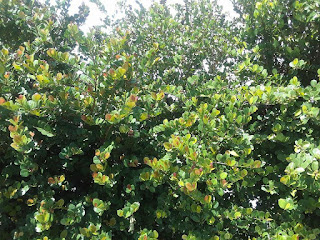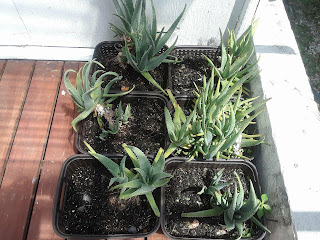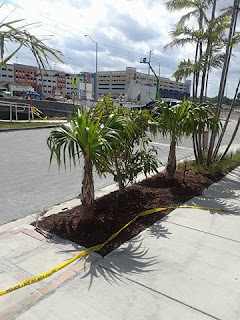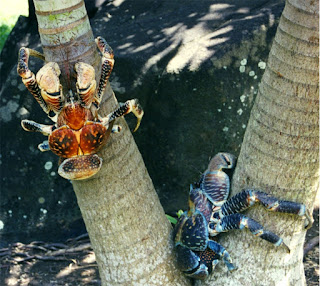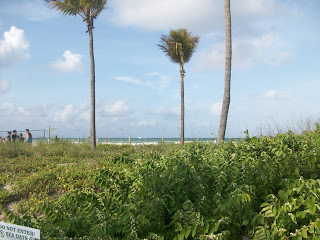
Post No. 36 Seat Oats. A tall grass (Uniola paniculate) that has panicles resembling those of the oat, grows chiefly on the coast of the southern U.S. and is useful as a sand binder (Merriam Webster Dictionary). Sea oats is a long lived, slow growing, warm season, perennial grass commonly associated with the upper dunes along beach fronts. It grows erect to approximately 6 feet in height at maturity and has leaves that can grow to 24 inches in length. The leaves are narrow, less than 1 inch in width, and taper towards their ends. Seat oats is very drought tolerant. This species produces a massive root system and will tolerate salt spray and brief inundation with salt water. It prefers full sun, and thrives in areas with blowing sand, such as dunes along the upper beach front. Sea oats is an extremely valuable plant for coast line and barrier island protect. Its massive root system is capable of holding soil and sand in place during extreme weather events such as hurricanes a...

